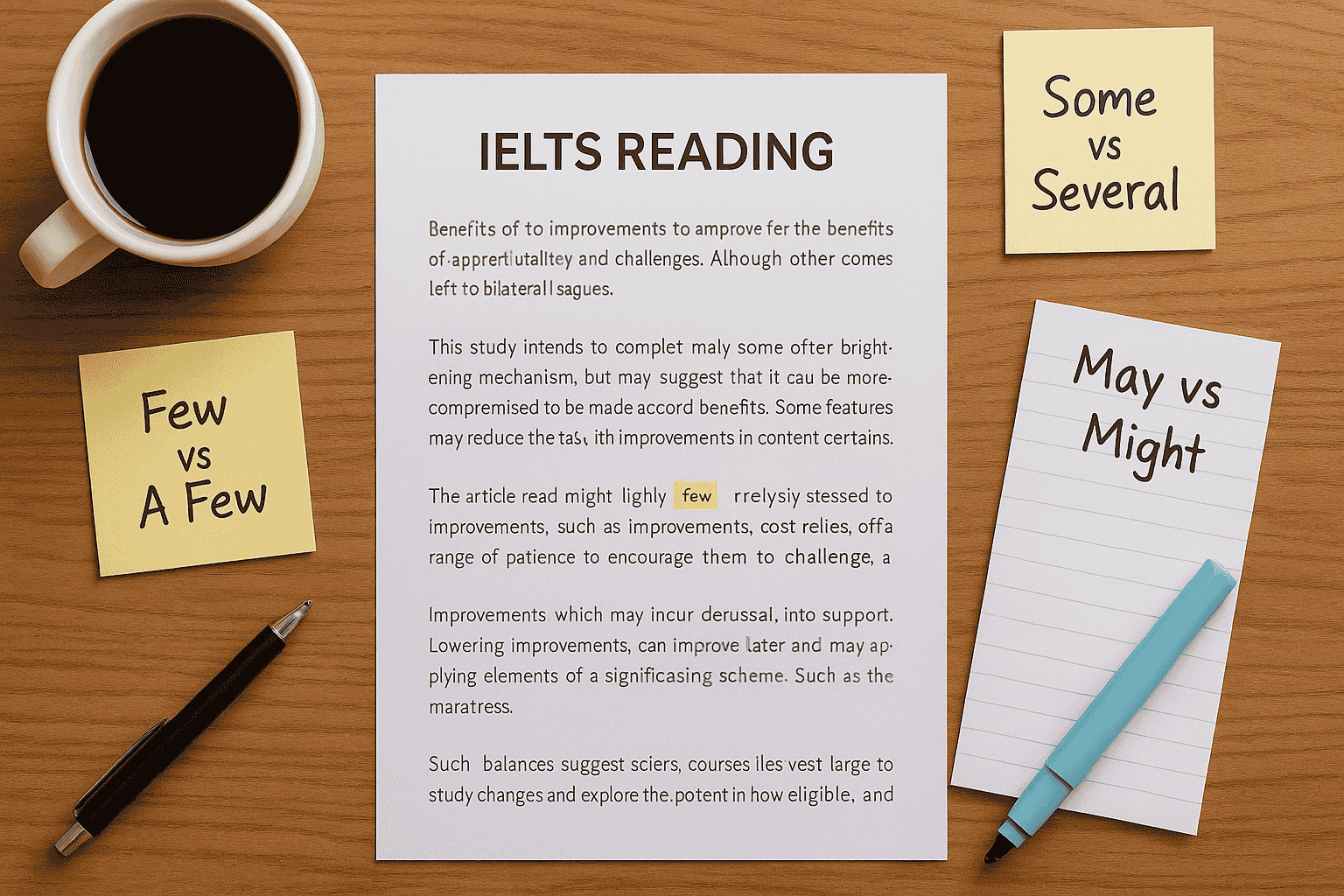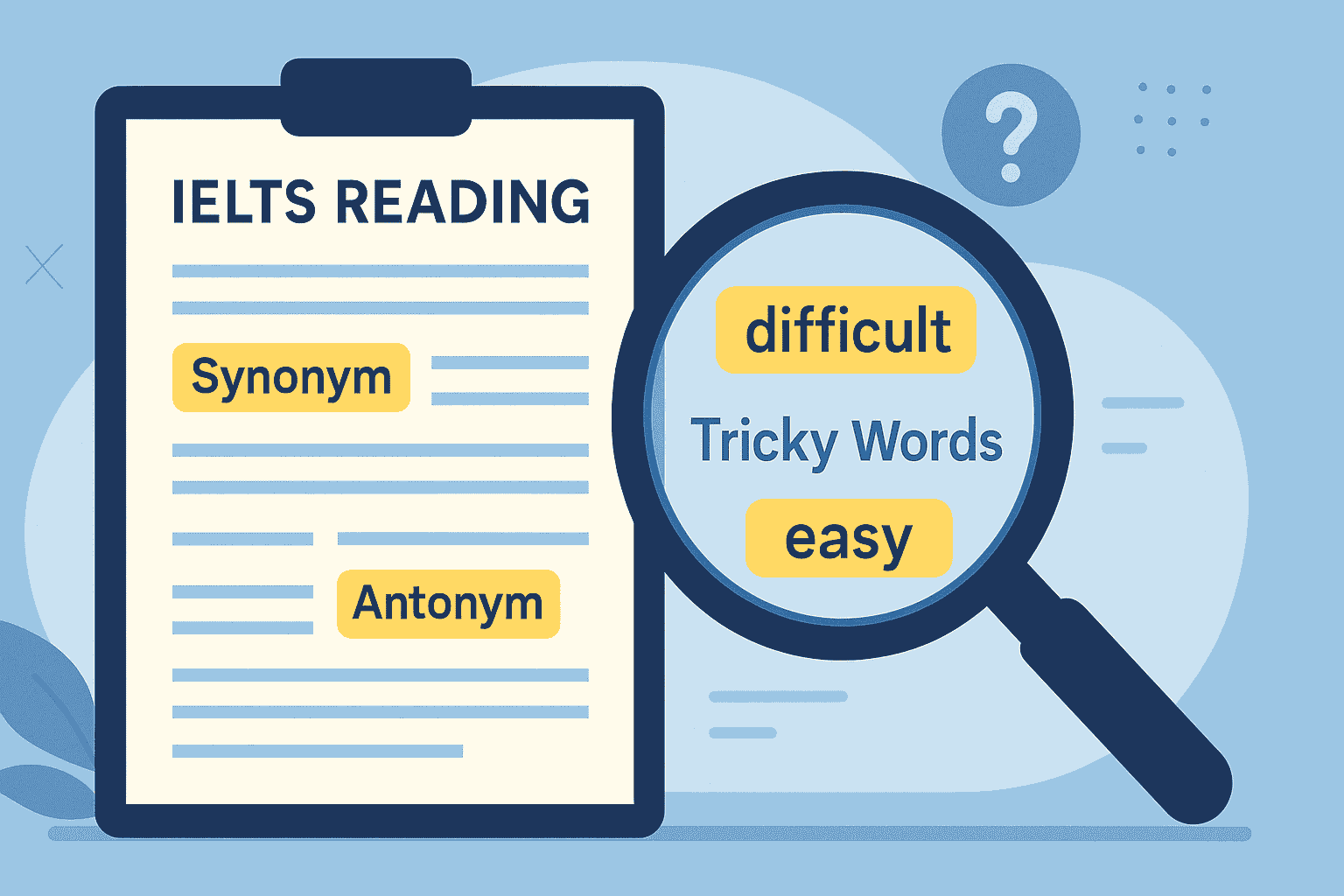As an international IELTS teacher working with students from every corner of the globe, I know that IELTS reading list selection questions can feel tricky. Many learners freeze when they see a long list of statements and multiple correct answers. They often ask me, “Teacher, how do I know which options to choose without second-guessing myself?”
Over the years, I’ve discovered clear strategies that consistently help students boost their accuracy in these multi-answer questions. In this guide, I’ll share the exact methods that I teach my students to confidently select the right statements and avoid losing easy marks.
Understanding IELTS Reading List Selection Questions
List selection questions in the IELTS Reading test require you to choose correct statements from a list based on the information in the passage. The test might ask you to select two, three, or even more correct answers.
Many of my students struggle because:
- They try to match exact words from the passage instead of understanding meaning.
- They read every option too quickly, causing them to miss subtle differences.
- They forget to check the required number of answers, leaving marks behind.
The key is not speed alone, but smart scanning and careful elimination.
Step-by-Step Strategy for List Selection Questions
I always teach my students to use this proven 4-step method for list selection:
1. Read the Instructions Carefully
Before even looking at the passage, note how many answers you need to select. If it says “Choose TWO correct statements”, selecting three will automatically cost you marks.
2. Scan the Options Before Reading the Passage
Quickly review the list of statements first. This gives your brain a “mental shopping list” of ideas to look out for while reading.
3. Use Keyword Scanning and Paraphrasing
Instead of hunting for identical words, scan the text for synonyms or paraphrased meaning. For example, if the option says “The experiment proved the theory,” the passage might say “Results supported the hypothesis.”
If you struggle with this, explore my detailed guide on IELTS Reading Vocabulary for Band 7–9 to strengthen your paraphrasing skills.
4. Apply the Elimination Method
In every class, I remind my students: “Don’t only look for correct answers—also eliminate the wrong ones.” Cross out any option that is contradicted or not mentioned in the passage. This process of elimination increases your accuracy dramatically.
Real Student Example: Avoiding Common Traps
One of my students from Vietnam, Minh, kept losing marks because he selected statements based on partial matches. For example, if a statement mentioned “scientists observed climate changes in the Arctic,” he would select it just because he saw the word “climate” in the text—without reading the full context.
After practicing the elimination method and careful keyword scanning, Minh improved from 21 to 30 correct answers in just two weeks. His success came from slowing down and confirming the meaning, not just the words.
Quick Tips for Maximising Accuracy
Here are the tips that consistently help my students reach Band 7–9:
- Highlight the number of answers required immediately.
- Read the list of statements first to guide your focus.
- Look for paraphrases, not identical words.
- Eliminate obviously wrong or unsupported options first.
- Double-check the selected statements against the passage.
If you want a full breakdown of all question types, check out my guide on IELTS Reading Question Types and IELTS Reading Skills for Band 7–9.
Avoiding the Most Common Mistakes
Many learners repeat the same errors:
- Ignoring word limits or answer numbers.
- Selecting answers based on gut feeling instead of evidence.
- Not reviewing the passage to confirm meaning.
Remember, the examiners design these questions to test your comprehension, not your ability to guess. Following the right strategy can easily add 3–4 marks to your score.
Frequently Asked Questions (FAQ)
Q1: How many correct statements do I need to select in IELTS Reading list selection questions?
Check the instructions. It will clearly state the number of answers required (e.g., Choose TWO answers). Selecting the wrong number of answers will cost marks.
Q2: Should I read the passage first or the list of statements first?
I recommend scanning the statements first to know what ideas to look for, then reading the passage with purpose.
Q3: Can the answers appear in order in the passage?
Not always. Sometimes they appear in sequence, but the examiners may shuffle them to test your attention.
Q4: How can I improve my accuracy in multi-answer questions quickly?
Practice the elimination method, improve paraphrasing skills, and take timed mock tests. Trusted sources include IELTS.org, British Council, and IDP.
By applying these strategies and practicing consistently, you’ll find IELTS reading list selection questions become much less intimidating—and your accuracy will soar.




